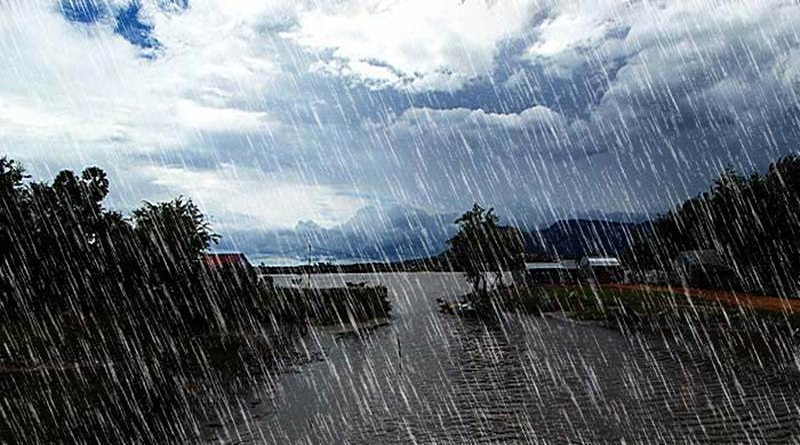Greater Horn of Africa is forecast to get above-average rainfall- WMO
The Greater Horn of Africa is finally emerging from three years of devastating drought, with above average rainfall predicted for the forthcoming season. Whilst this is a welcome prospect, it is accompanied by the risk that flooding will impact local communities and livelihoods.
A new seasonal outlook for the October to December rainy season shows high chances of wetter-than-usual conditions across most parts of the Greater Horn of Africa. Notably, there is an exceptionally high probability (more than 80%) of experiencing wetter-than-usual rainfall in southern Ethiopia, eastern Kenya, and southern Somalia. On the other hand, drier-than-usual conditions are likely for isolated areas of south-western Uganda and south-western South Sudan.
The outlook was issued by the IGAD Climate Prediction and Application Centre (ICPAC), a WMO Regional Climate Centre, at a one-day forum bringing together climate scientists, researchers, governmental and non-governmental organizations, development partners and civil society.
For more than two decades, WMO has supported regional climate outlook forums, which provide actionable climate forecasts and information to help save lives and livelihoods and therefore contribute to the Early Warnings for All initiative.
Map of rainfall predictions for East Africa“The devastating drought associated with the three-year-long La Niña event may be replaced by a deluge because of the new El Niño event which typically means wetter than usual conditions in East Africa,” says Dr Wilfran Moufouma Okia, head of regional climate prediction services at WMO. “Another climate phenomenon known as the Indian Ocean Dipole is developing over the Indian Ocean and may strengthen the El Niño impacts,” he said.
Much of the region saw heavy rainfall from March to May 2023. The above-average precipitation from October to December may therefore contribute to flooding.
Dr Guleid Artan, ICPAC Director, added a cautionary note.
“Desert locusts are already proliferating to alarming levels in parts of the region. The risk of deadly incidents also increases significantly. We all remember the last El Niño in 2015/16 when downpours of torrential rains caused landslides, flash floods, and buildings to collapse. Governments and disaster management agencies are advised to take all necessary measures to save lives and livelihoods,” he said.
October to December constitutes a vital rainfall season, particularly in the equatorial parts of the Greater Horn of Africa, contributing 20 to 70% of the annual total rainfall.
The start of the season will likely occur early in parts of the region where elevated rainfall is anticipated (eastern Kenya, southern Somalia, and eastern Tanzania). In contrast, probabilities favour an average or delayed onset over parts of northern Somalia, western Kenya, Uganda, southern South Sudan, Rwanda, Burundi, and north-western Tanzania.
ICPAC’s seasonal forecast is based on rigorous analysis of historical data, prevailing climate signals, and advanced modelling techniques.
For October-November-December 2023, the consolidated objective temperature forecast from nine Global Producing Centres indicates an increased likelihood of warmer-than-usual surface temperatures for almost all parts of the Greater Horn of Africa, particularly over Djibouti, Eritrea, northern Ethiopia, northern Somalia, and parts of coastal Tanzania.
The drought, which began with the poor performance of the October-December 202 rainfall, led to a humanitarian disaster. It affected millions of people, especially in Ethiopia, Kenya and Somalia, killed millions of livestock and destroyed crops.




